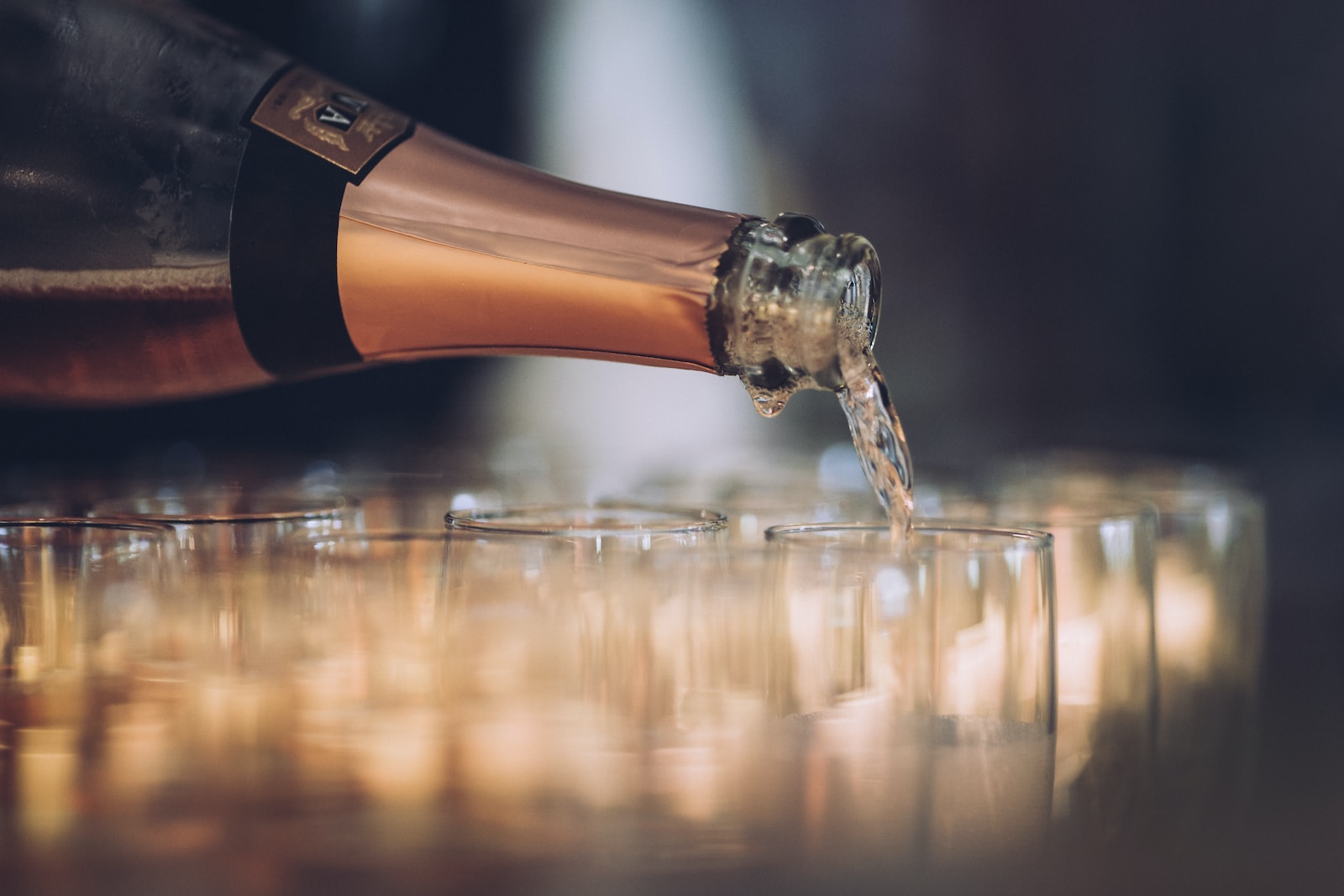
Everything you should know about Champagne
Weddings, birthdays, boat launches and business deals are celebrated with it. It is the signature drink of New Year's Eve and an important part of the entire Christmas season. Tell us everything you need to know about Champagne. From rock stars to Elizabeth Taylor to royals around the world, champagne has been a staple. The late Queen Mother loved Bollinger and it was the first champagne to receive the royal seal of approval.
In 2022, 326 million bottles of champagne were shipped worldwide. The US cemented its status as the top export market for Champagne, with sales increasing 19.4% in 2022. According to new figures released today (April 6) by the Comité Champagne, producers sold 33.72 million bottles in the US market during the year.
“Champagne as the best wine to celebrate was the natural choice of consumers around the world as they rejoiced at the end of lockdown and rediscovered their love of partying, going out and traveling,” added David Chatillon, President of the Union des Maisons de Champagne and co-president of the Comité Champagne.
Where was champagne made?
The oldest known sparkling wine is Blanquette de Limoux, invented in 1531 by Benedictine monks at the Abbey of Saint-Hilaire near Carcassonne. They achieved this by bottling the wine before the end of the first fermentation.
Dom Pérignon (1638–1715) was a monk and cellar master in the Benedictine abbey in Hautvillers. He pioneered a number of winemaking techniques around 1670 and was the first to blend grapes in a way that improved the quality of the wine. He also introduced corks (instead of wood) that were attached to bottles with hemp string soaked in oil to keep wines fresh and sparkling. The famous French champagne is named after him.
Where do the bubbles come from?
You tickled your nose, but why does champagne have bubbles? The answer is simple: fermentation. There are various methods for capturing carbonation, but in all cases the carbon dioxide is a byproduct of fermentation. Artificial carbonation is only found in really cheap sparkling wines, and these are wines that should be avoided.
What is champagne?
A place and a way of making wine. The town is located in northeastern France and is the only region in the world that is legally allowed to call its wine “Champagne”. The method is to make a still wine (or several of them and then blend them), bottle it, and add more sugar and yeast.
Photo by RondellMelling via Pixabay
RELATED: Why You Should Avoid These Online Wine Clubs
This second fermentation takes place in a closed bottle, meaning the carbon dioxide remains trapped until you open the bottle. This method is now used all over the world and is more commonly referred to as the “traditional method” or “method traditional”.
Wait, what else are they doing?
Well, there is the so-called Charmat method, in which larger vessels are used for secondary fermentation and the wine is then bottled. This is how most Prosecco and Lambrusco wines are made, which is why they are typically slightly less carbonated than most other sparkling wines. The other method involves bottling the wine before the initial fermentation is complete. The result is a slightly fizzy wine typically called “Petillant Naturel” or “Pet Nat” if you're feeling frisky.
Are there other champanges?
Champagne wine is protected by a European regulation called Protected Designation of Origin (PDO). This European law protects the names of local products made in Europe.
This law was recently accepted by the American government. However, traditional sparkling wine producers in the United States who made this type of wine before the government accepted the European law can still call their wine Champagne. But new sparkling wine in the US can no longer have the name champagne on the label.
What about other bubbles?
Cava, especially at Reserva and Gran Reserva levels, can also be a good option. Prosecco can really run the gamut from cheap and bland to less cheap and really tasty, so it's harder to make a blanket statement.
Should I drink from flutes?
In the 1960s, the coupe was the glass for soap bubbles. Recently, coupes have fallen out of favor with wine experts as a champagne glass alternative. The almost unanimous recommendation these days is to use wine flutes (or tulip glasses) when drinking champagne.
But flutes are only good for one thing, and that's to show off the bubbles. Just use a regular old wine glass and you'll actually be able to smell the wine, which is part of the appeal. Plus, you can fit a lot more wine into these glasses.
Sparkling wine, be it champagne or another, is one of the most amazing and versatile wines in the world. Try drinking a bottle with dinner next time you eat out or cook at home and you'll be amazed at how well it pairs with almost anything you throw at it. Bottom up!

Post a comment: